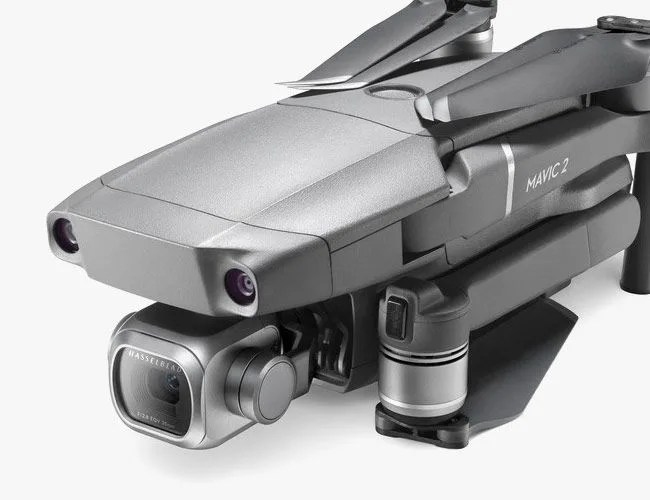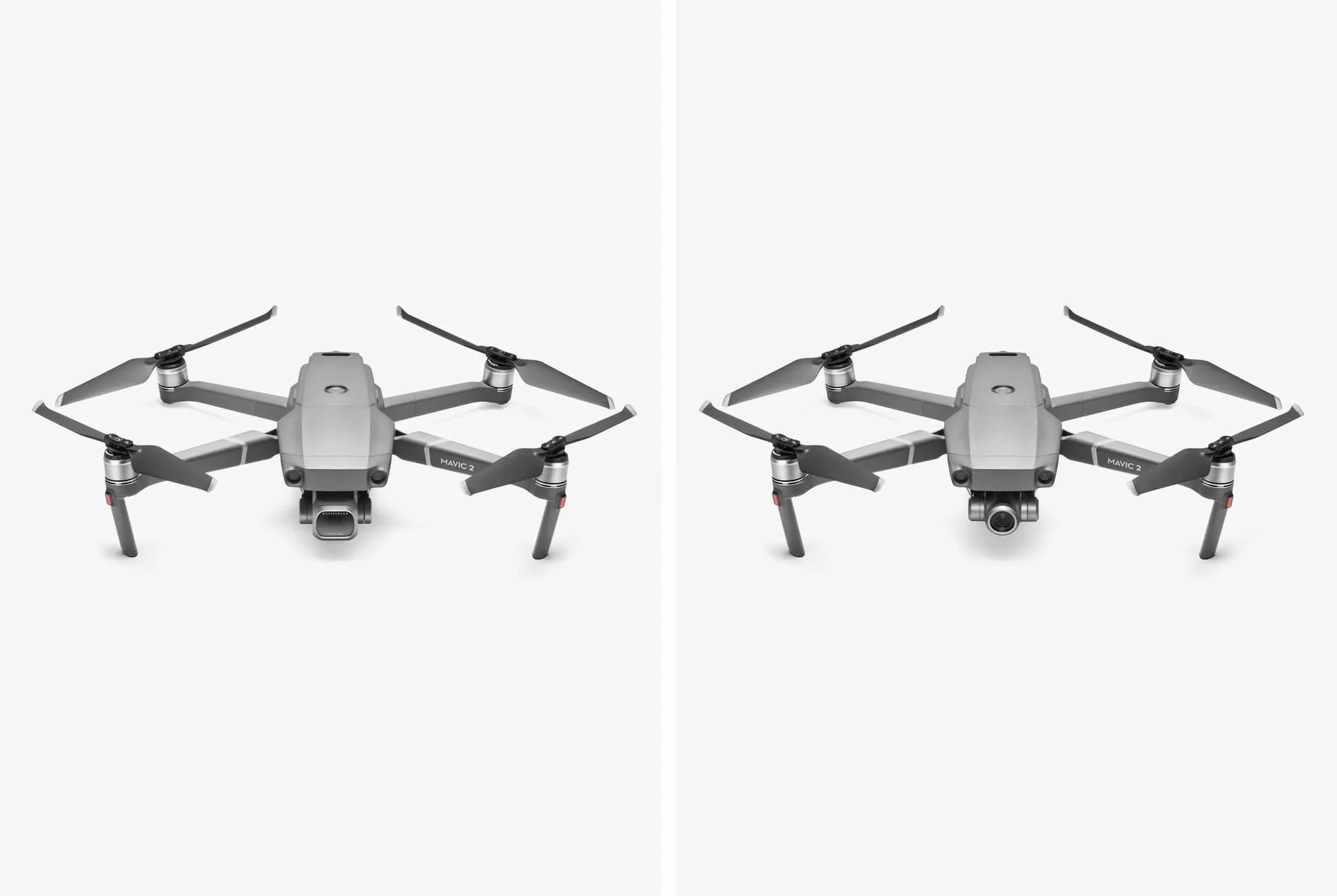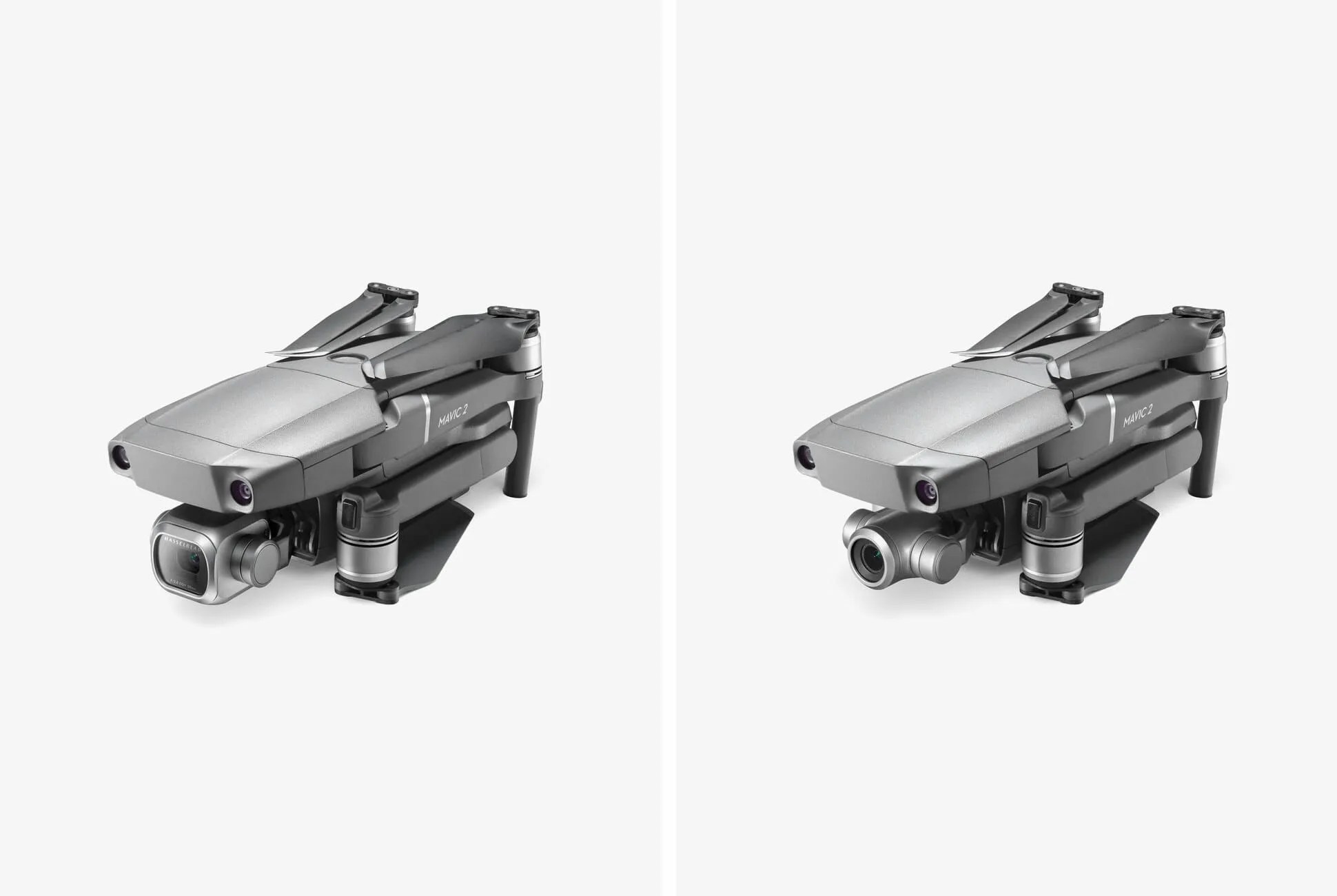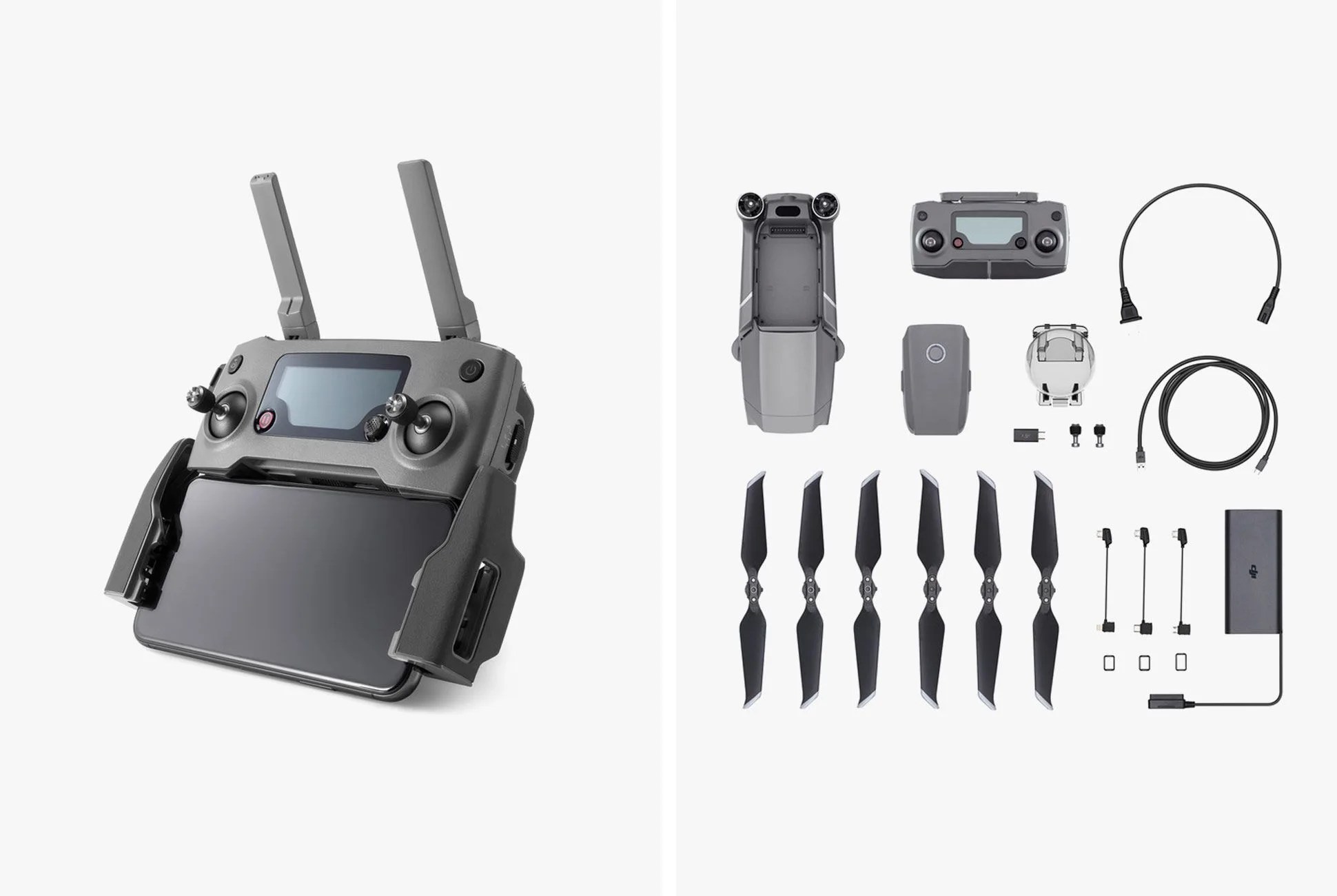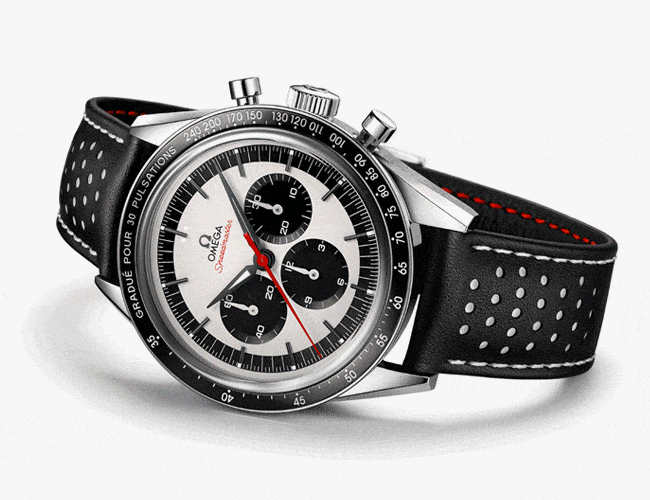3 photos
After numerous photo leaks and an initial launch event that was pushed back a few weeks, DJI finally announced the successor to its super popular Mavic Pro. As expected, the new Mavic 2 Pro is not actually one but two drones – the Mavic 2 Pro ($1,449) and the Mavic 2 Zoom ($1,249). Both drones are small and foldable, with excellent photo-and-video shooting abilities, situating themselves between the high-end Phantom and entry-level Spark in DJI’s product line. Both drones are available today, too, on DJI’s website.
The Mavic 2 Pro is a direct successor to the two-year-old Mavic Pro and it specializes in image quality. It has a Hasselblad-designed camera (thanks to DJI buying a stake in Hasselblad in 2017) and a huge 1-inch, 20-megapixel CMOS sensor. On the other hand, the Mavic 2 Zoom has a smaller 1/2.3-inch sensor, but it’s the first foldable consumer drone with optical zoom (24-48mm and 2X digital to 96mm). Basically, if you want to take the most beautiful photos, get the Mavic 2 Pro; if you want a more versatile drone that can take a wider range of cinematic shots, get the Mavic 2 Zoom.
Despite their different abilities, the two drones actually have a lot in common. They are virtually identical, for starters, besides the conspicuous larger lens and “Hasselblad” logo on the Mavic 2 Pro. They are the same size and color, and collapse to the same exact size, too. Both can fly at up to 44 mph and for upwards of 31 minutes (which is four minutes longer than the original Mavic Pro). Both can shoot 4K video at up to 100 Mbps, and have 8GB of onboard storage so you don’t necessarily need to worry if you forget to reinsert your SD card. And both drones have upgraded subject tracking and object avoidance algorithms, as well as new gimbal-stabilized cameras to ensure smoother shots. Both drones can also capture hyperlapses.
As mentioned above, the Mavic 2 Pro is the more advanced of the two drones in terms of image quality. It can capture 20-megapixel stills, compared to the Zoom’s 12-megapixel stills, and since it was co-engineered with Hasselblad, DJI claims that it’s able to shoot four times the amount of levels of color per channel as the to original Mavic Pro; basically it gives photographers and videographers more flexibility and options when editing later on. The Mavic 2 Pro has an adjustable aperture between f/2.8 and f/11.
For those who opt for the more affordable Mavic 2 Zoom, they’ll probably be after the more cinematic shots. In addition to its incredible zooming ability, the Zoom also has a new “Dolly Zoom QuickShot” mode; while the camera zooms in, the drone flies in the opposite direction, while keeping the subject central, and it creates this blurred-sort-of-wind-swept effect. DJI says it “opens a new visual language for storytelling that was previously reserved for professional cinematographers.”
